Kale Pests And Diseases That Plague Fall Gardens
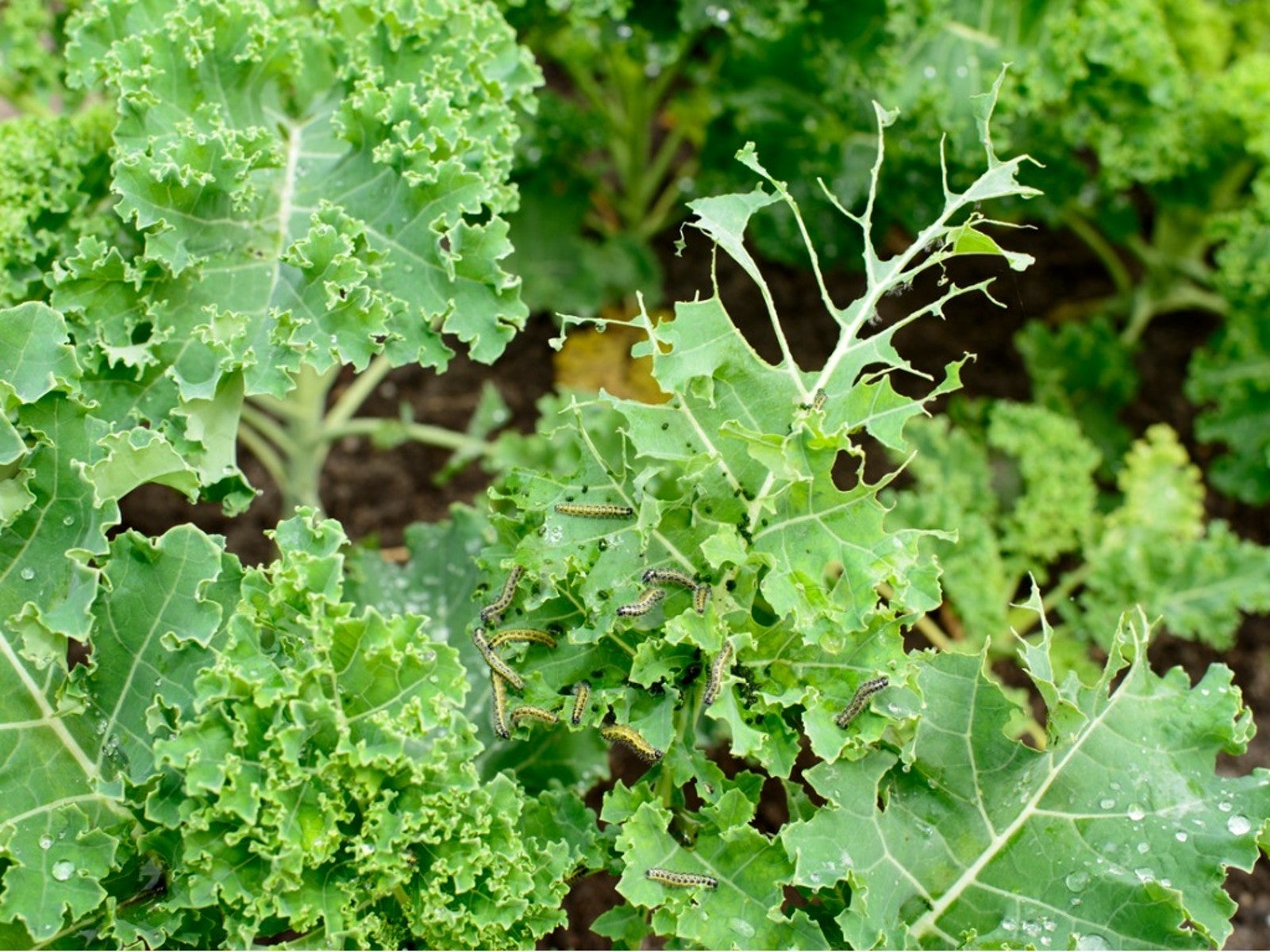

If you've decided to plant three seasons of veggies this year, you may be surprised to find a very different set of plant pathogens and bugs on kale planted in the fall as opposed to spring. As environmental conditions can be quite different in these two seasons, let's take a look at the problems that are most likely to plague fall kale crops.
Fungal Kale Plant Diseases
Fueled by longer nights, heavy dew and cooler temperatures, fungal diseases are the biggest problems gardeners are likely to experience in fall crops of kale. Add a few days of rain and the entire crop can be compromised.
Here are the most common fungal diseases of kale crops:
- Alternaria leaf spot (Alternaria brassicae or Alternaria brassicicola) – Symptoms include small, circular spots with concentric (target-like) rings. The rings can range in color from purplish-black, to gray or brown and sometimes the centers fall out.
- Anthracnose (Colletotrichum higginsianum) – This fungus makes dry yellow or gray spots which can be circular or irregular in shape. It's more common in late summer or early fall when temperatures are in the 79 to 86 degree F. (26-30 C.) range.
- Black Leg (Phoma lingam) – Look for brown lesions on the stems of newly-sprouted seedlings. Black leg causes wilting, stem lodging and death. It can spread quickly.
- Damping Off (Fusarium, Pythium & Rhizoctonia ssp.) – As in spring sown crops, damping off can be caused by a number of fungal pathogens. This problem can be identified by a brown or black spot which girdles the stem of newly-sprouted seedlings and leads to loss of the plant.
- Downy Mildew (Hyaloperonospora parasitica) – This disease presents itself as grey to white colored fluffy spots on the underside of kale leaves. Both sides of the leaves can also have yellow or brown patches.
- Powdery Mildew (Erysiphe cruciferarum) – This fungal infection is easily recognized by the chalky white coating on the upper leaf surfaces. Gardeners might also notice the leaves of their kale yellowing or curling.
- White Leaf Spot (Cercospora or Cercosporella spp.) – Although white leaf spot is not common on kale crops, when present it appears as whitish spots bordered in brown.
- White Rust (Albugo candida) – This pathogen produces chalky white pustules which first appear on the underside of the leaves. Corresponding yellow patches appear on the leaf's upper surface.
Proper garden hygiene is the best method for deterring fungal diseases. Clean up plant debris. Don't compost infected plants or overwinter them in greenhouses and low-tunnels. Avoid overhead irrigation. Buy certified disease-free seeds from a reputable source and practice crop rotation.
Bacterial Diseases of Kale
Bacterial diseases on fall crops of kale are less common, but can be seen in conjunction with fungal infections:
- Black Rot (Xanthomonas campestris) – Black rot initially appears as yellow, v-shaped lesions at the edge of leaves. These areas spread toward the stem as they turn black and become necrotic.
- Bacterial Leaf Spot (Pseudomonas syringae pv. maculicola) – The leaves of infected plants first develop small water-soaked lesions. These will turn black and have yellow borders.
Invertebrate Pests on Kale Plants
While bugs, such as flea beetles, are typically not a problem in fall crops, kale sown in late summer can still be afflicted by a number of pests during warmer months. Most either chew holes in the leaves or damage leafy green crops by sucking nutrients from the plants. Insects can also transmit plant diseases.
Insect damaged leaves are seldom appetizing, even after a thorough washing. If you're asking, “What bugs are eating my kale?” look for these common crucifer-loving pests on damaged leaves:
Gardening tips, videos, info and more delivered right to your inbox!
Sign up for the Gardening Know How newsletter today and receive a free copy of our e-book "How to Grow Delicious Tomatoes".
- Beet Armyworms (Spodoptera exigua)
- Cabbage Aphids (Brevicoryne brassicaea)
- Cabbage Looper (Trichoplusia ni)
- Cross-striped Cabbage Worms (Evergestis rimosalis)
- Cutworms (Agrotis spp. and others)
- Diamond Black Moths (Plutella xylostella)
- Harlequin Cabbage Bugs (Murgantia histrionica)
- Thrips (Frankliniella occidentalis or Thrips tabaci)
- White cabbage butterfly larva (Pieres rapae)
- White Flies (Bemisia argentifolii)

Laura Miller has been gardening all her life. Holding a degree in Biology, Nutrition, and Agriculture, Laura's area of expertise is vegetables, herbs, and all things edible. She lives in Ohio.
-
 Looking For Plants To Give You The Soft And Fuzzies? Try These 5 Fuzzy Leaf Plant Options
Looking For Plants To Give You The Soft And Fuzzies? Try These 5 Fuzzy Leaf Plant OptionsLovers of texture, drama, silver foliage and tactile plants will adore these special sensory garden additions. These fuzzy leaf plant options will leave you all aglow
By Susan Albert
-
 Get Ready For A Summer Of Hummers! Grow These Full Sun Hummingbird Plants and Flowers
Get Ready For A Summer Of Hummers! Grow These Full Sun Hummingbird Plants and FlowersIf you’re lucky enough to enjoy a sunny backyard, make sure you are maxing out on your pollinator opportunities and grow these full sun hummingbird plants and flowers
By Tonya Barnett
-
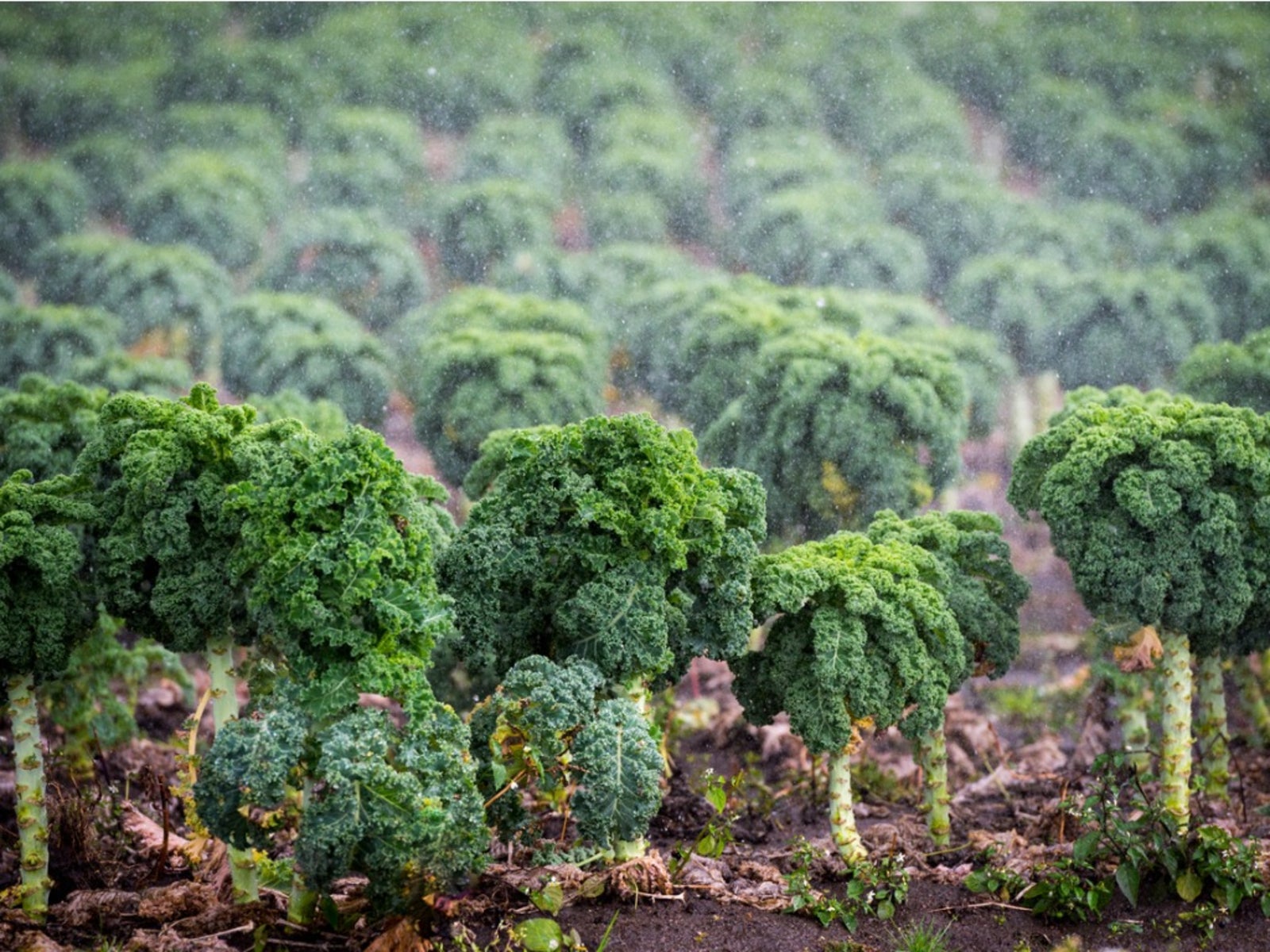 My Kale Is Bolting: How To Stop Kale Bolting
My Kale Is Bolting: How To Stop Kale BoltingYou walk to your garden one fine summer day only to find your kale is bolting. Although this can be frustrating, you can learn how to stop it from happening again.
By Laura Miller
-
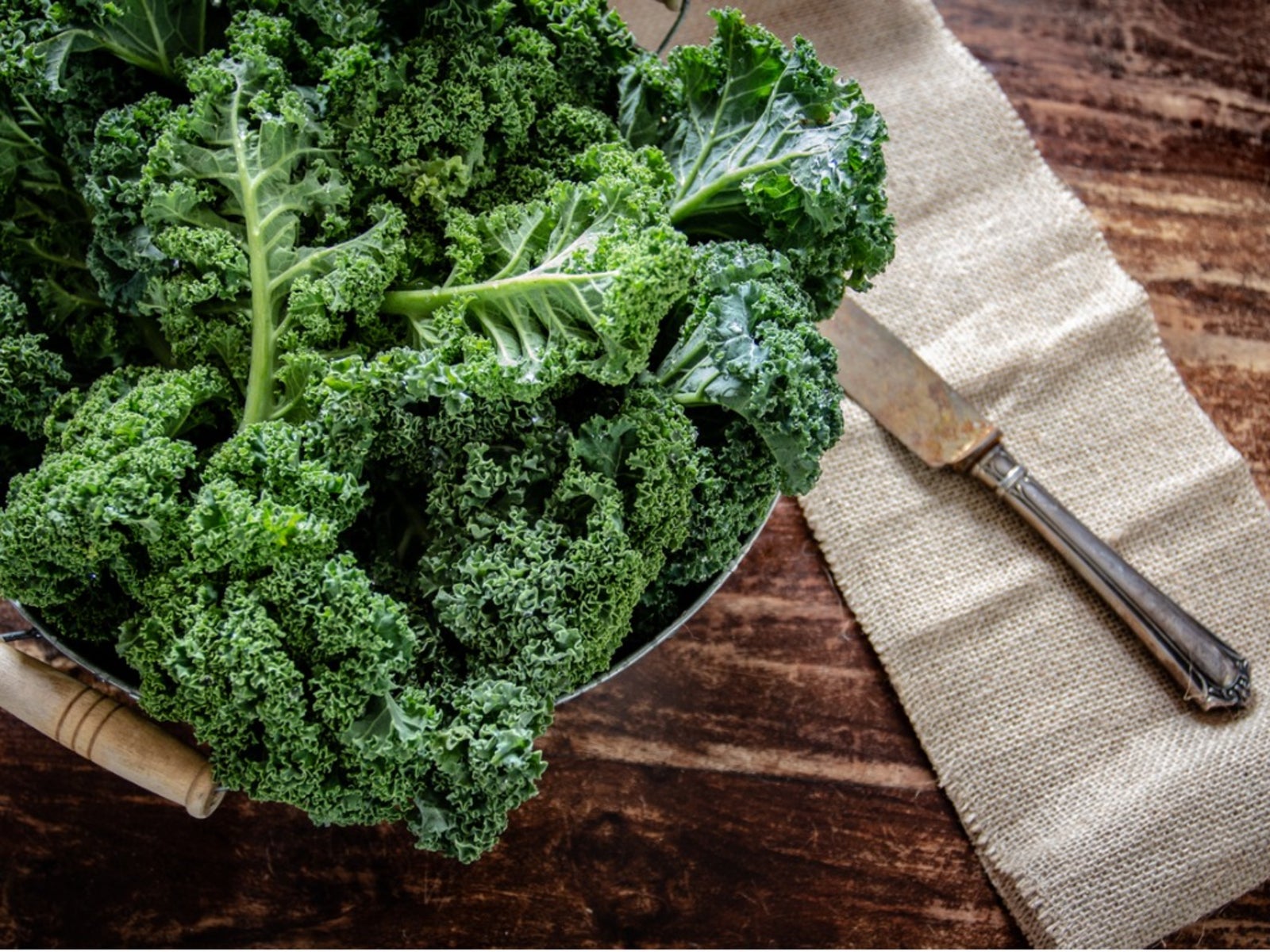 Different Uses For Kale – How To Use Kale Plants Post Harvest
Different Uses For Kale – How To Use Kale Plants Post HarvestHave you wondered what to do with kale that's growing in your garden? Click here for some of the many uses for kale.
By Laura Miller
-
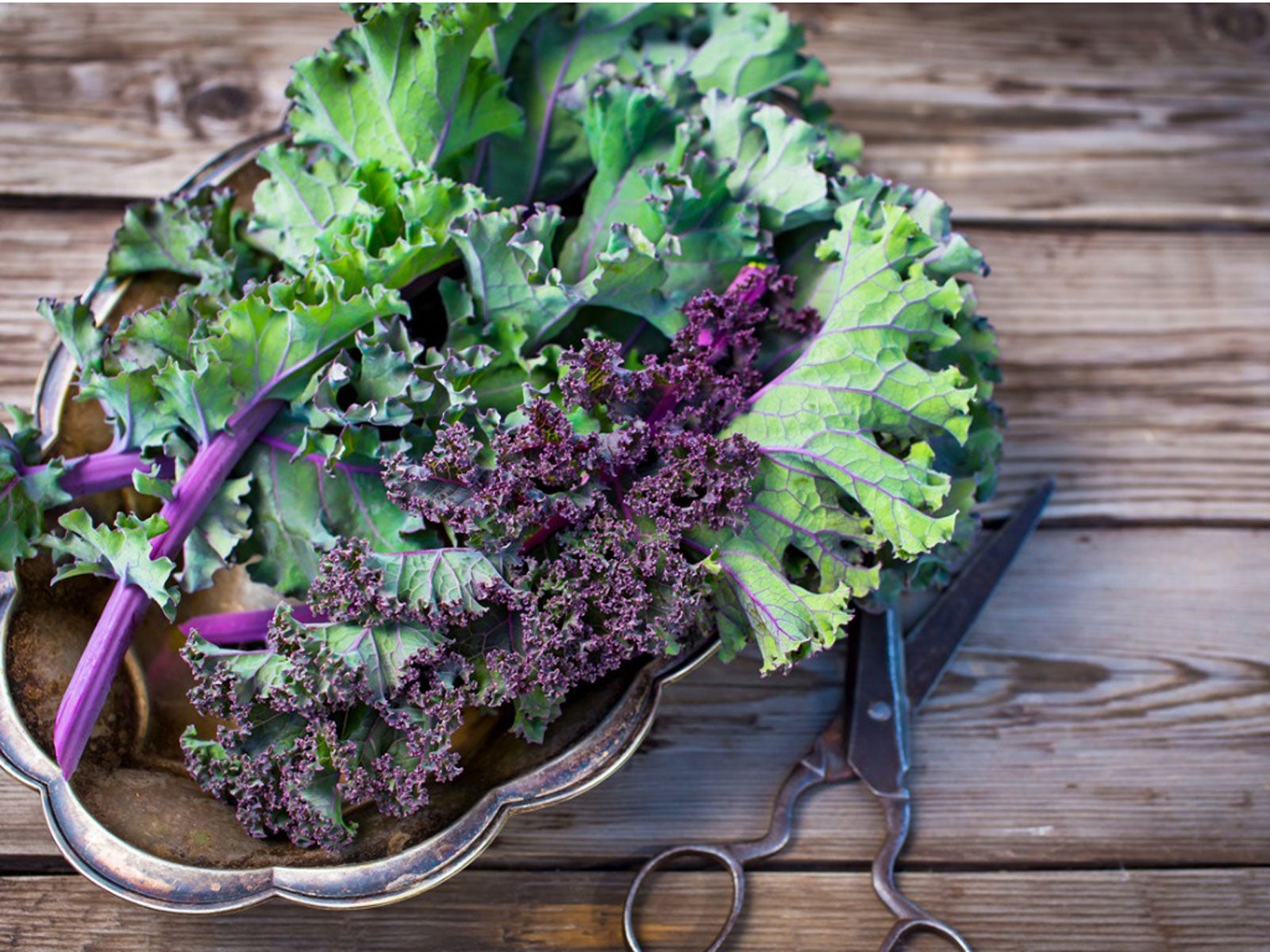 Prickly Kale Leaves – Does Kale Have Thorns
Prickly Kale Leaves – Does Kale Have ThornsDoes kale have thorns? Most gardeners would say no, yet this question is occasionally asked. Click here to explore reasons kale is prickly.
By Laura Miller
-
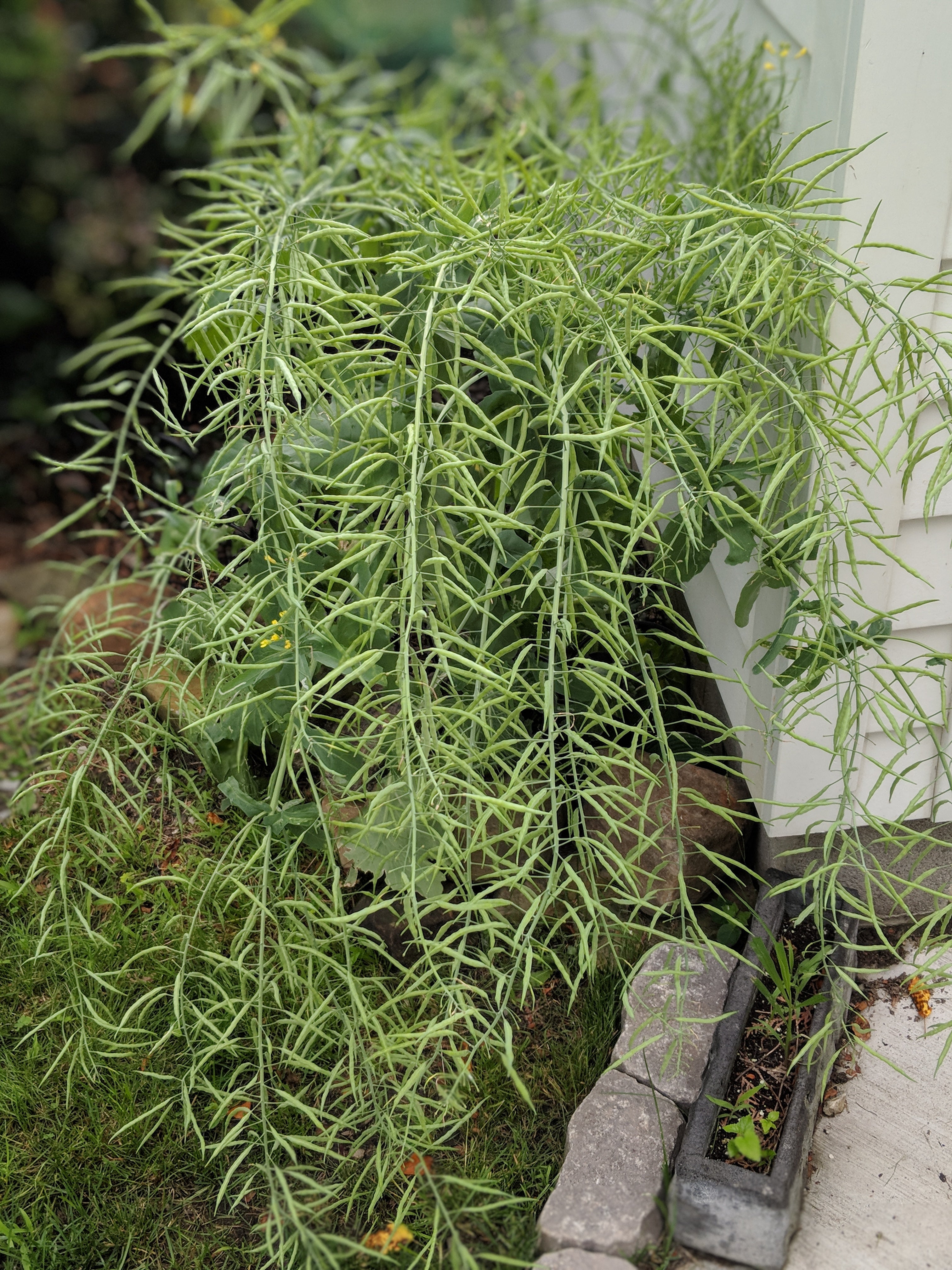 Saving Kale Seeds – Learn How To Harvest Kale Seeds
Saving Kale Seeds – Learn How To Harvest Kale SeedsNoted for its use in the kitchen, kale is an easy-to-grow leafy green that thrives in cooler temperatures. Unlike many common garden vegetables, kale plants are actually biennials. In this article, we will discuss how to harvest kale seeds so you can plant another crop.
By Tonya Barnett
-
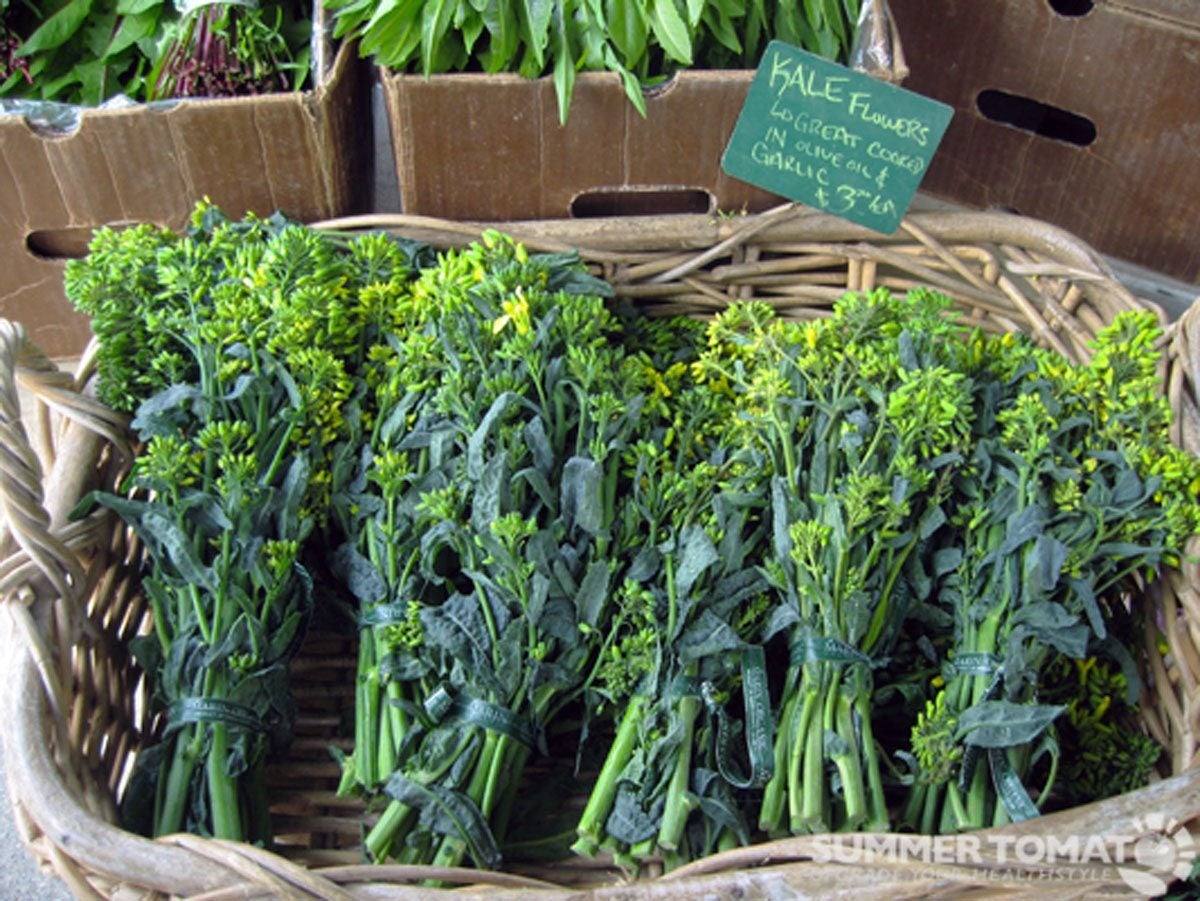 Kale Rabe Information: How To Grow Napini Kale In The Garden
Kale Rabe Information: How To Grow Napini Kale In The GardenWhat's napini? Napini is sometimes called kale rabe so you can see where this is starting to get confusing. Don't worry, the following kale rabe information will straighten it all out, plus tell you how to grow your own napini kale and its uses.
By Amy Grant
-
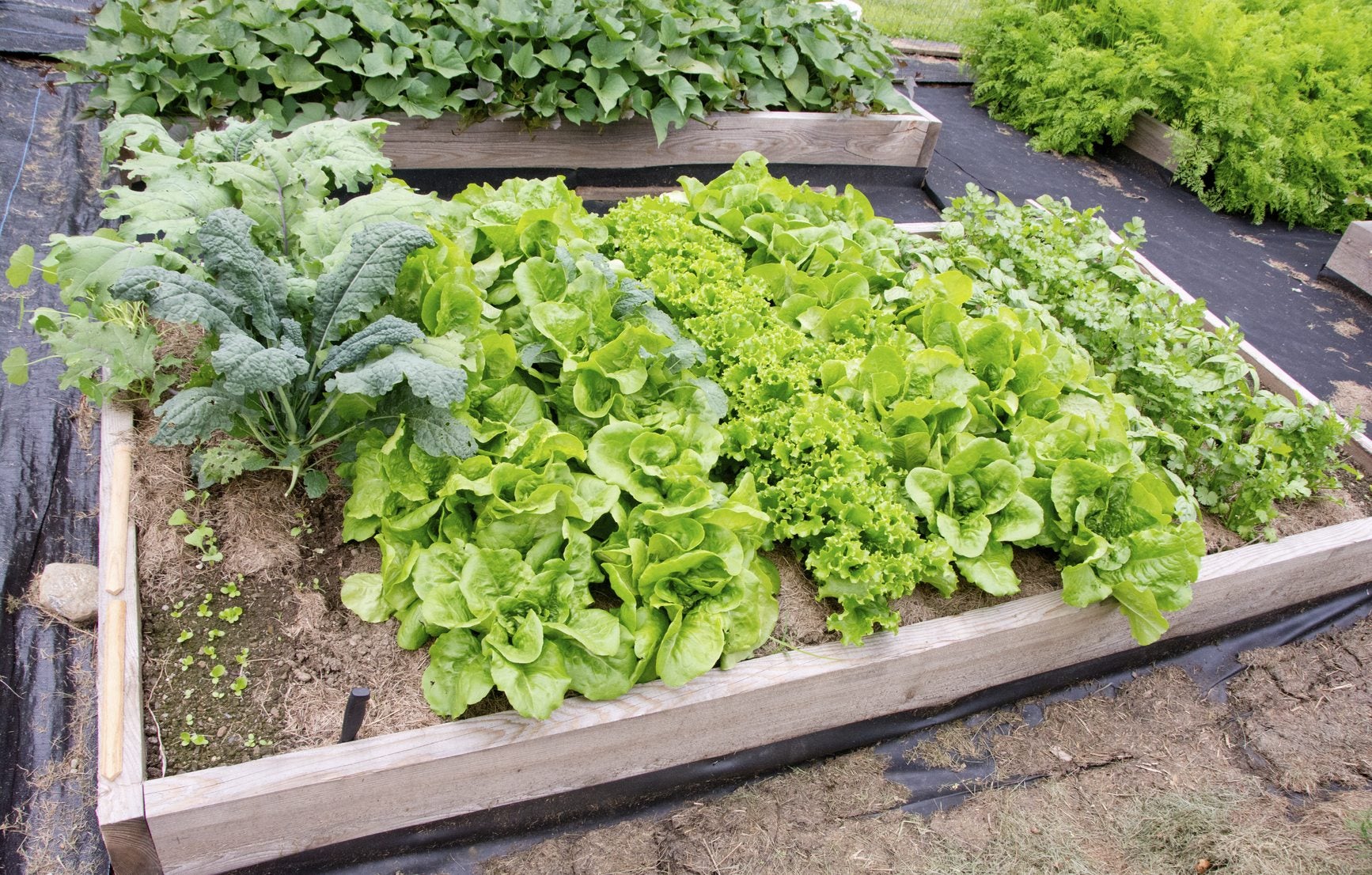 Kale Companion Plants: Learn About Plants That Grow Well With Kale
Kale Companion Plants: Learn About Plants That Grow Well With KaleKale is a cool weather green with ruffled leaves. Many plants grow well with kale - receiving and giving benefits to each other. So what are the best companion plants for kale? Find out about kale companion planting in this article.
By Amy Grant
-
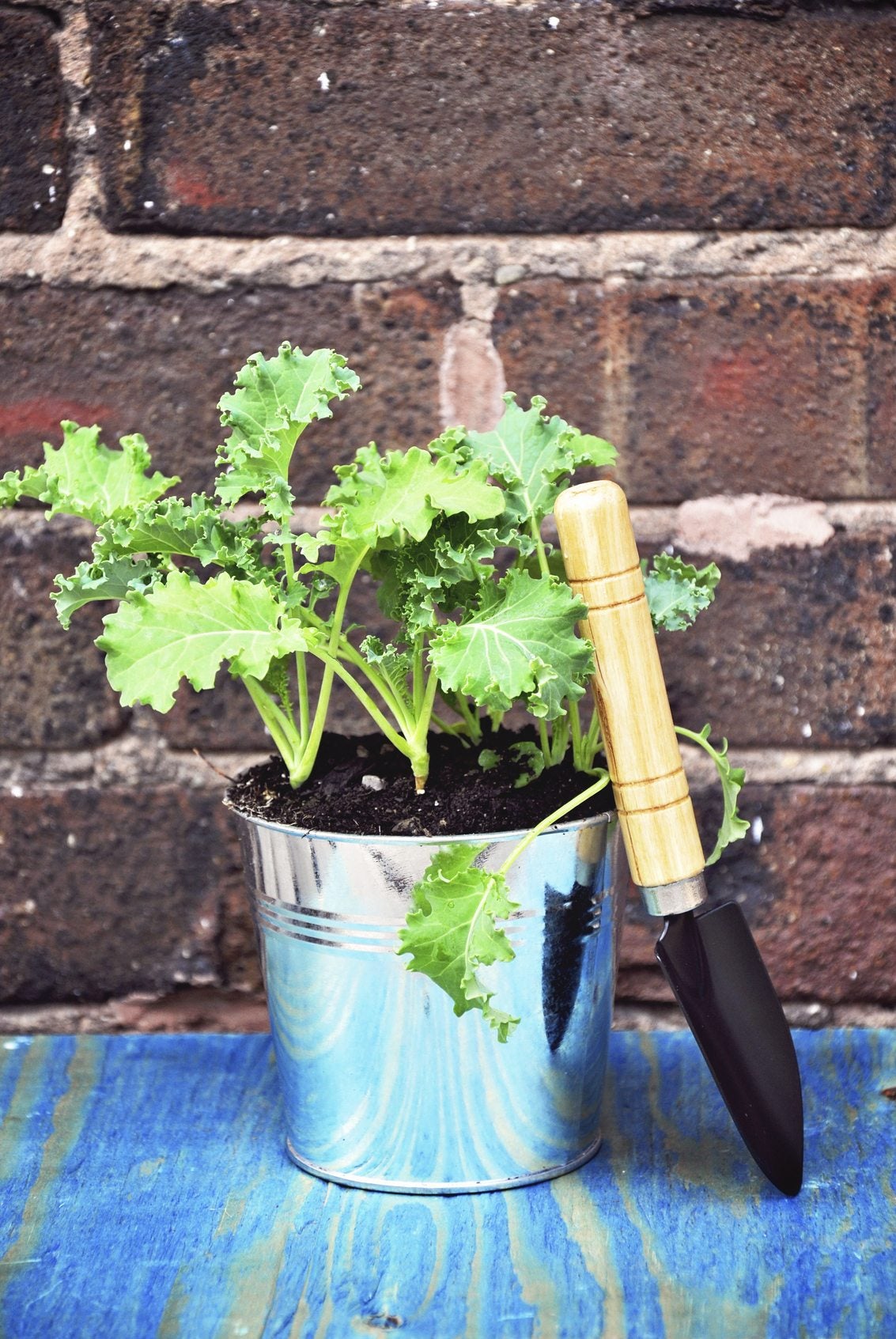 Will Kale Grow In Containers: Tips On Growing Kale In Pots
Will Kale Grow In Containers: Tips On Growing Kale In PotsYou might be wondering about growing your own kale but perhaps you lack garden space. What about container-grown kale? Will kale grow in containers? Click here to find out how to grow kale in containers and other information on potted kale plants.
By Amy Grant
-
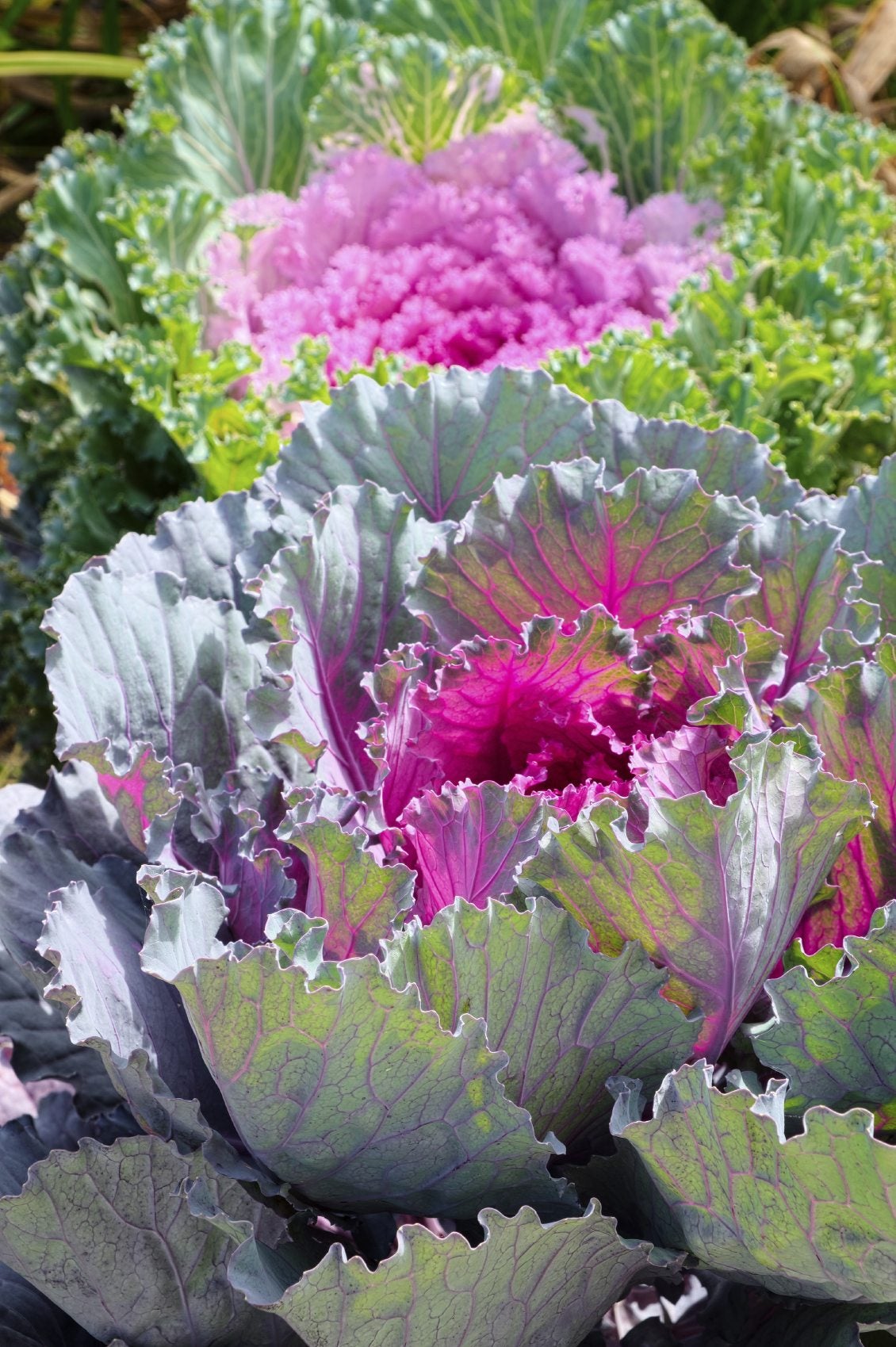 Growing Flowering Kale Plants: Information About Flowering Kale Care
Growing Flowering Kale Plants: Information About Flowering Kale CareTry some ornamental kale plants for a showy bright spot in the cold seasons. They're easy to care for and add color on those cloudy days.
By Marlie Graves